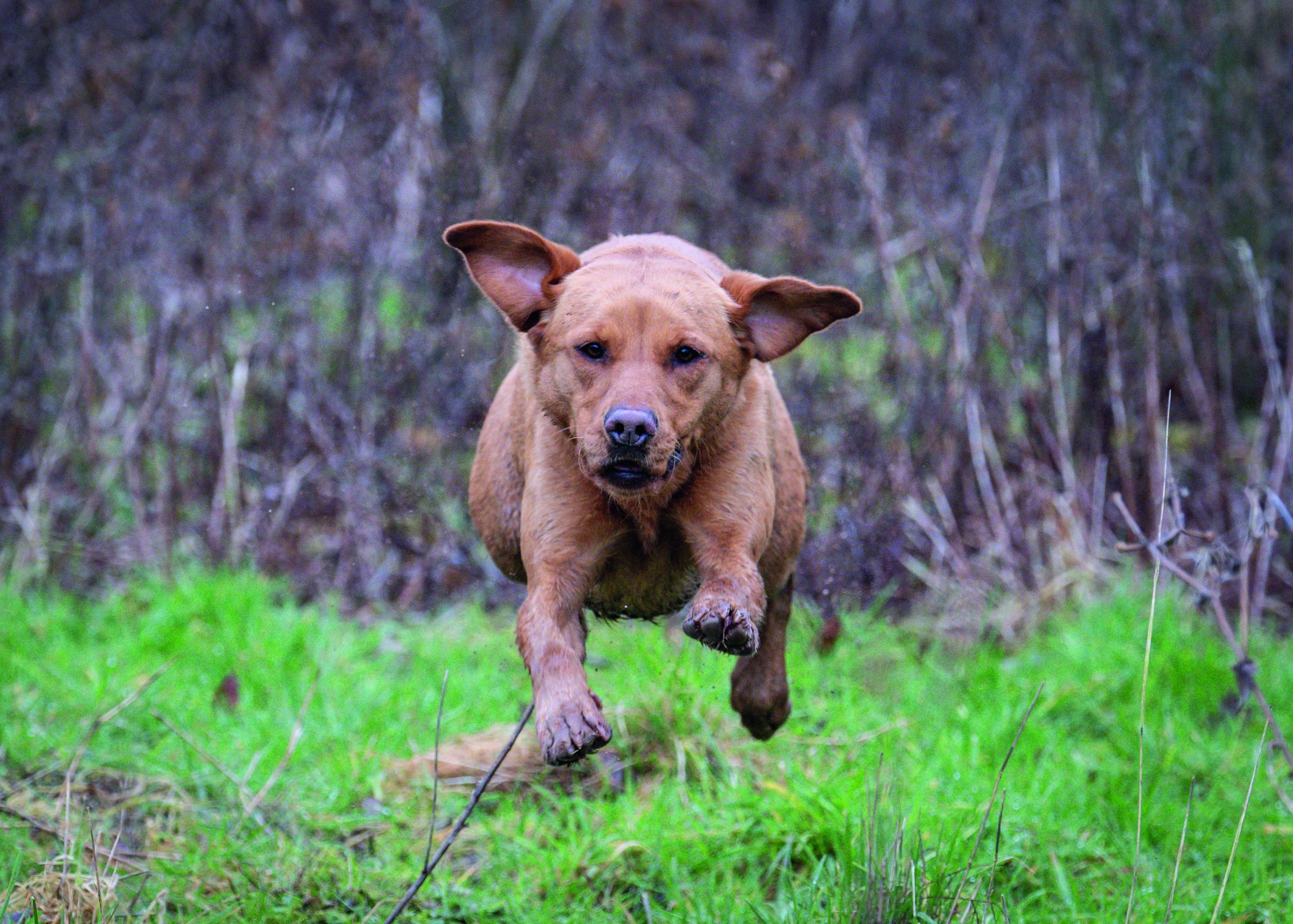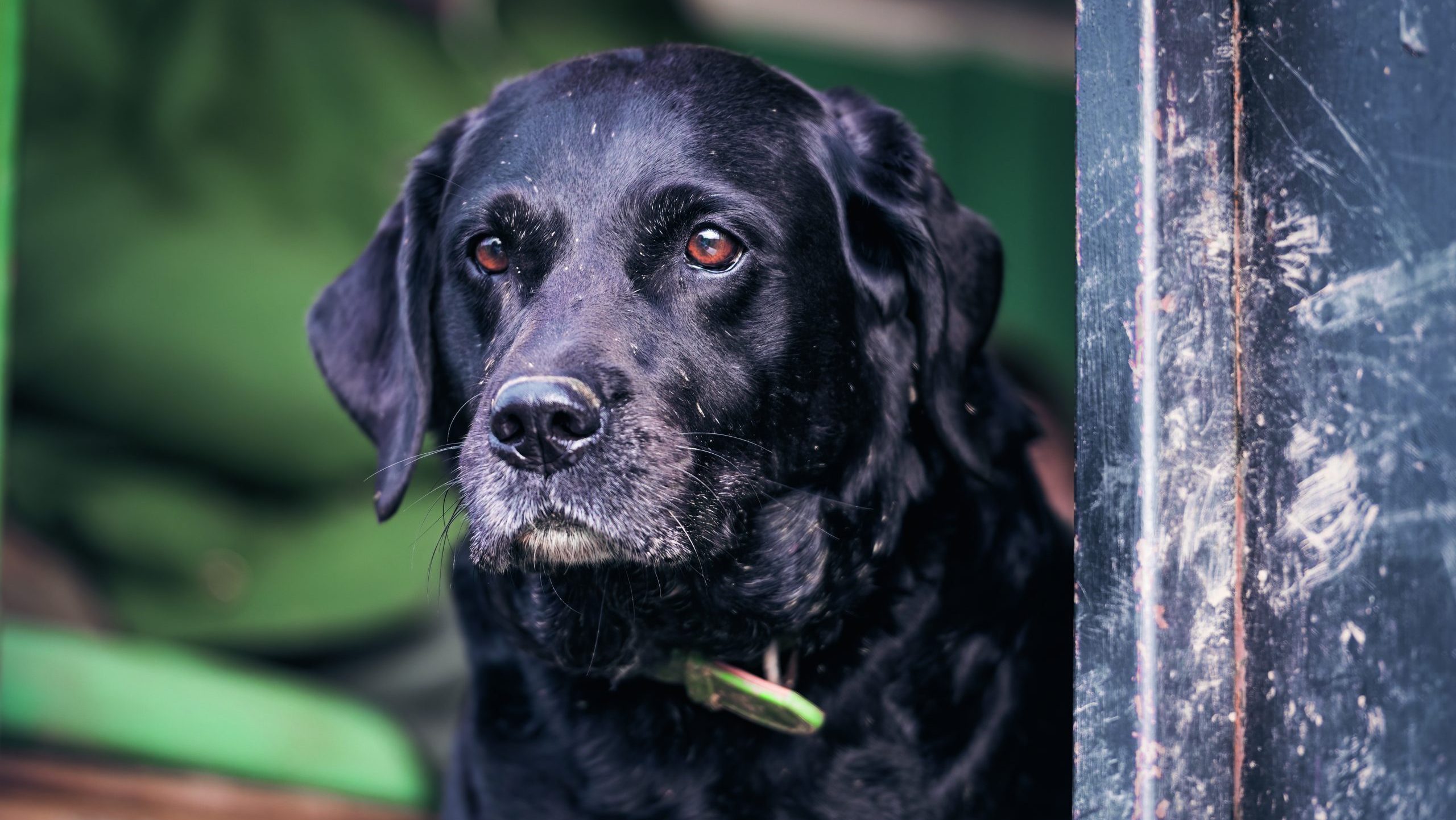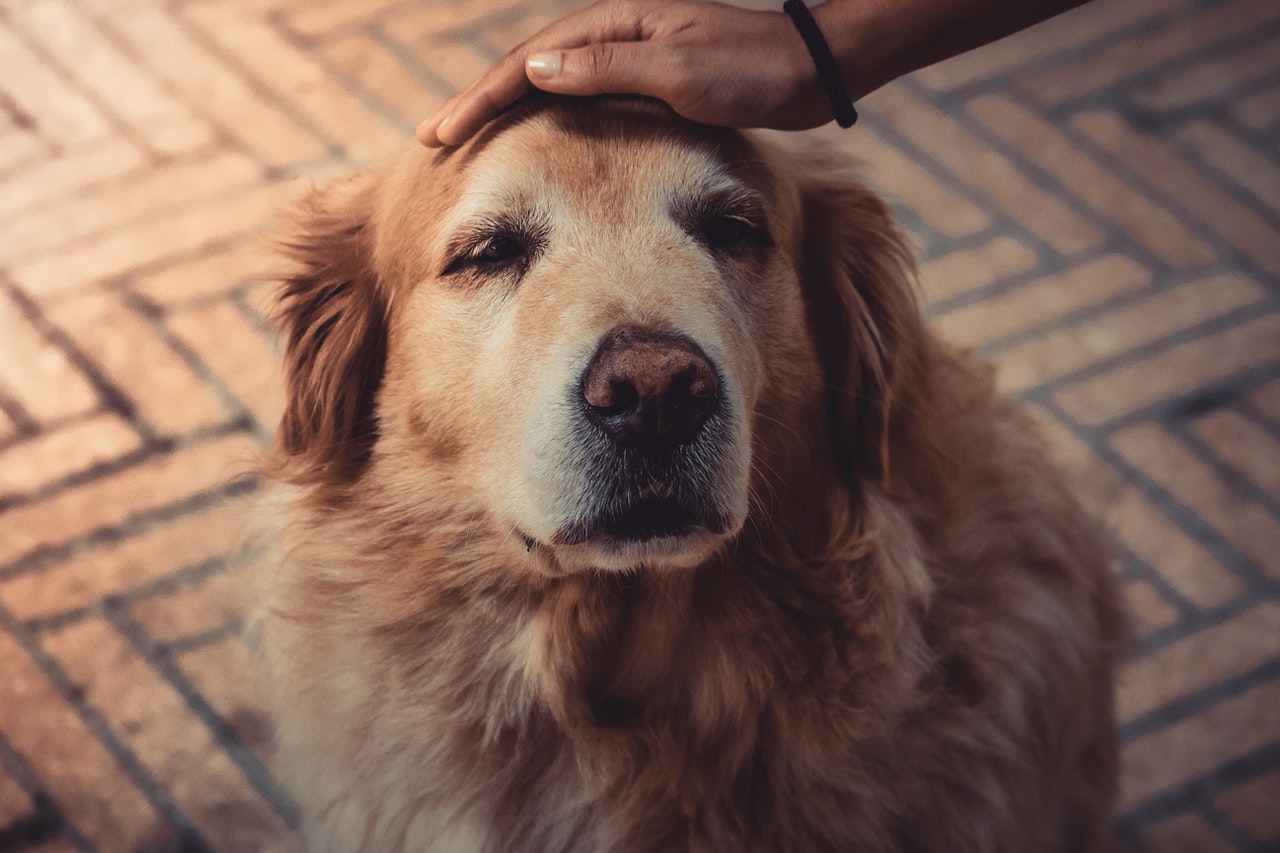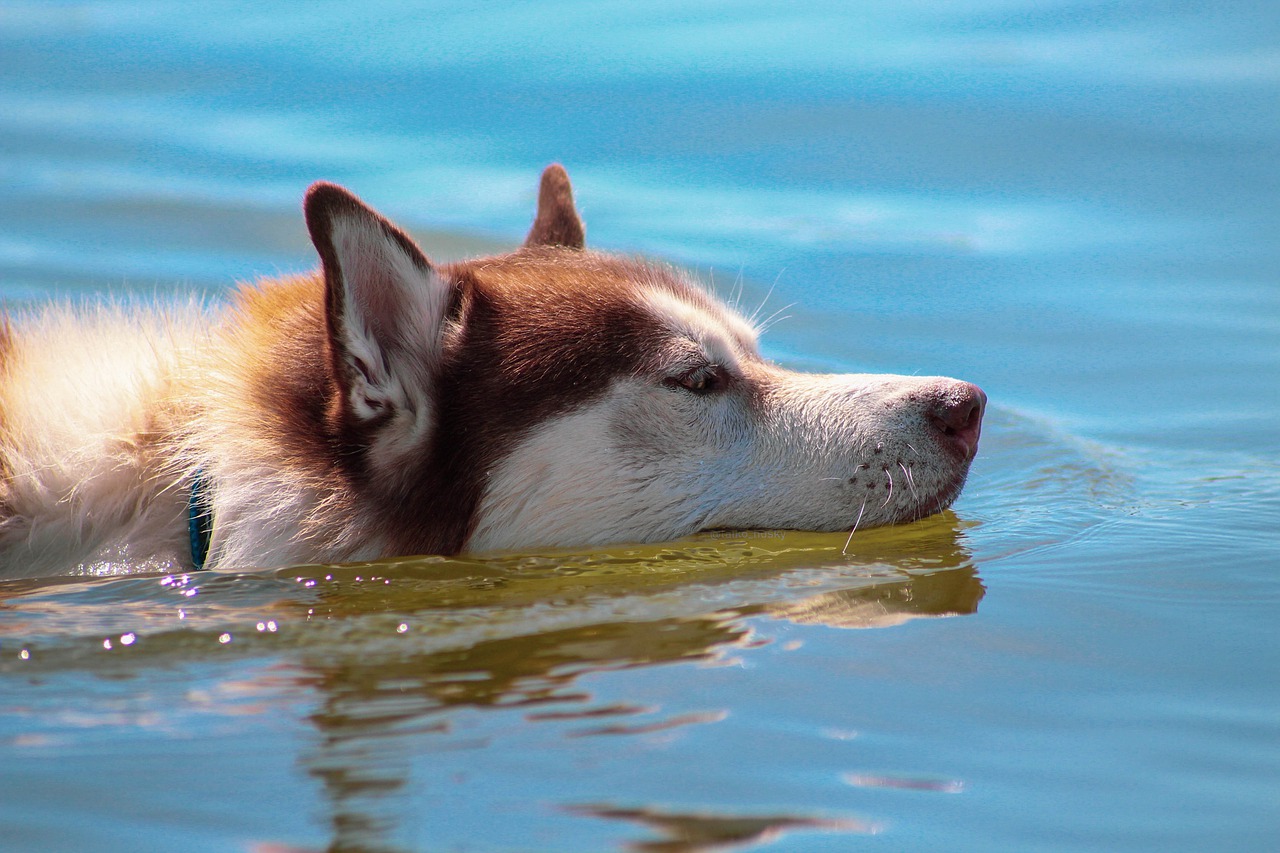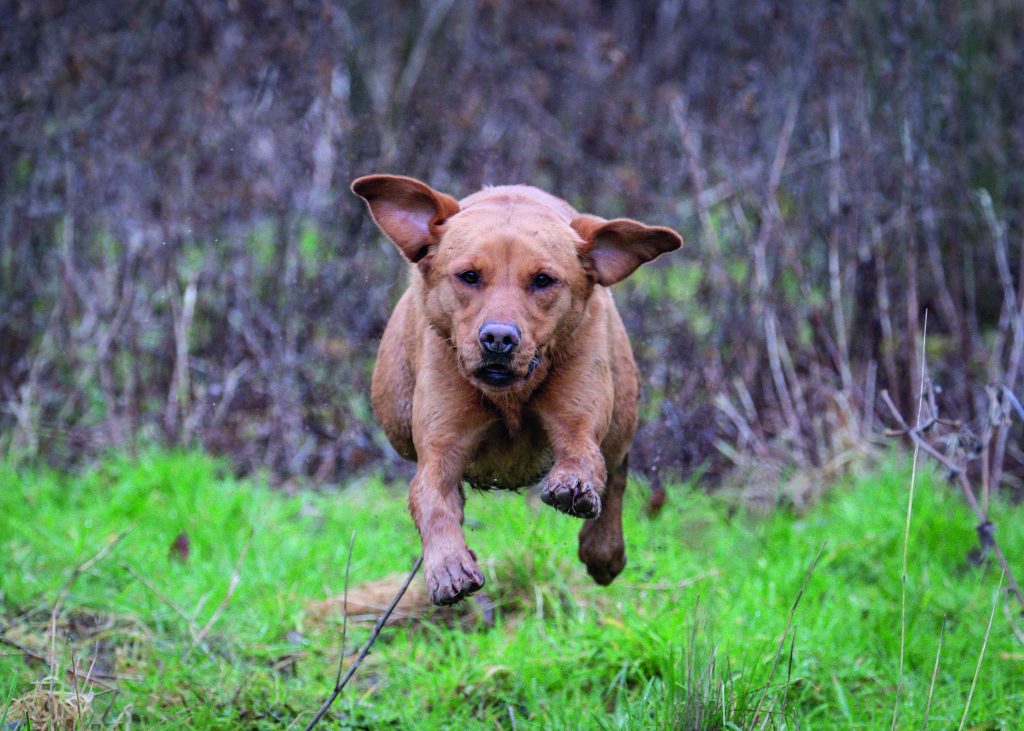Dog Arthritis: What You Need To Know
Laura Hawkins talks us through how to identify arthritis in our dogs, and how this most debilitating of disorders can be prevented.

Dog arthritis – particularly osteoarthritis – affects as many as 1 in 5 dogs, according to statistics from Canine Arthritis Management. Here, Laura Hawkins explains how owners can identify signs of dog arthritis, and the ways to prevent and manage the condition, including dog arthritis treatment options.
In many ways, dogs are like humans, and just like humans, dogs can get arthritis. Unlike us, however, they cannot voice their pain. This is why it’s important for any owner to know the associated symptoms of dog arthritis. It is equally important to understand the different causes of arthritis in dogs, and how this most debilitating of disorders can be prevented.
Types Of Dog Arthritis
Just like humans, dogs can experience both rheumatoid arthritis and osteoarthritis. The difference between the two types of dog arthritis is:
- Rheumatoid arthritis in dogs is a result of the animal’s immune system mistakenly attacking its joints
- Osteoarthritis in dogs is a degenerative condition that can lead to inflammation of the joints and significant discomfort
Both types of dog arthritis can manifest as significant discomfort, slowing your dog down, and they may show signs of being in pain.
Can Dog Arthritis Be Prevented?
Thankfully, there are many different types of treatment for managing dog arthritis, but there is no doubt that the best one is prevention. This starts before birth with careful selection of the parents, who should have been hip and elbow scored.
From day one, a puppy should be raised with adequate nutrition. They should receive carefully regulated exercise, and owners should be careful to ensure young dogs do not become overweight, as added weight puts strain on the cartilage and can potentially lead to dog arthritis in the future.
There is now also evidence that early neutering should be avoided. When it comes to neutering dogs, we have to consider the effects of taking the hormone source away. For example, in male dogs we have to take their adult size into account and how much growing they still need to do at the age we would like to neuter.
A small cocker spaniel, for example, will have nearly reached his adult size by 8 months old so he no longer needs testosterone to grow. However, a large labrador is potentially only just at 50% of his adult size by 8 months old and therefore needs his testosterone for longer to allow his long bones to develop fully. Removing testosterone before growth is complete will delay growth plate closure and put pressure on joints, increasing the risk of conditions like arthritis.
What Are The Symptoms Of Dog Arthritis?
There are numerous symptoms that may signal dog arthritis. In many cases, it can be easy to dismiss these as signs of old age, so if you have any concerns, you should always take your dog to the vet to be checked over. Dog owners should look out for the following:
- Limping
- Being unable to run/play
- Difficulty getting up from a laid down position
- Yelping/barking when touched
- Difficulty climbing stairs
- Difficulty jumping into cars
- Slow walking
Dog Arthritis Treatment Options
Dog arthritis treatment options vary, and the solution needn’t always be costly medication, although there is arthritis medication for dogs available – speak to your vet if you’d like to find out more. As with prevention, management is the best policy. You can help to manage dog arthritis by:
- Ensuring your dog is fed a good quality diet
- Don’t allow them to become overweight
- Exercise them sensibly
- Allow them time to rest and recover – this is especially important for working dogs that will always want to please and many will work themselves to exhaustion for their handles
- Keep them warm
Dog Arthritis Supplements
Dog arthritis supplements can also prove beneficial, especially if started early. Supplements containing chondroitin and glucosamine, which occur naturally in joint cartilage, are valuable and can help prevent cartilage breaking down, as well as stimulating its repair mechanisms.
Many dogs with arthritis will also benefit from anti-inflammatory medication. The most commonly used are non-steroidal anti-inflammatory drugs (NSAIDs), although these should be used at the lowest dosage possible – as with all medication, they do carry side effects.
Hydrotherapy For Dog Arthritis
Another beneficial dog arthritis treatment is hydrotherapy, which has been clinically proven to benefit dogs suffering from a variety of medical and non-medical conditions to aid rehabilitation.
Hydrotherapy is a non-weight-bearing exercise, as it involves placing the dog in a pool of water to take the weight off their joints, which can potentially soothe some of the discomfort associated with arthritis.
Crucially, hydrotherapy can help prevent muscle wastage, which can occur very quickly if a painful limb is not being used properly, hindering recovery post-surgery, as the limb has to repair itself as well as correct muscle, tendon, ligament, and soft tissue immobility.
How To Keep A Dog With Arthritis Comfortable
Our dogs work so hard for us during their time, so it’s only fair that we look after them the best we possibly can into retirement and old age. Cases of dog arthritis are much more likely in older gundogs after a life of hard work – all of their running around and being eager to please handlers can eventually take its toll.
Aside from seeking out treatments, there are also steps you can take to make them more comfortable at home to help them navigate living with arthritis. For example:
- A softer bed may be more comfortable for dogs with painful joints
- Install a ramp so they don’t have to climb a step to your front door – or even your sofa or bed – to ease the pressure placed on their joints
- Explore dog massage – speak to your vet about whether this is an option – to help ease their discomfort
- Make sure they have soft surfaces to walk on – put rugs over wooden floors to make them less hard for dogs with sore joints to navigate
Discover more articles about looking after your dog’s health on our health hub, or subscribe to Gundog Journal here.
Related Articles
Get the latest news delivered direct to your door
Subscribe to Gundog Journal
Unlock the full potential of your working dog with a subscription to Gundog Journal, the UK’s only dedicated magazine for gundog enthusiasts. Published bi-monthly, this authoritative resource delivers expert training advice, in-depth interviews with top trainers and veterinary guidance to help you nurture a stronger bond with your dog.
With stunning photography and thought-provoking content, Gundog Journal is your essential guide to understanding, training and celebrating your working dog.
Save 10% on shop price when you subscribe, with a choice of packages that work for you. Choose from Print & Digital or Digital only with each journal delivered directly to your door or via the app every other month, plus access to past issues with the digital back issue library.




